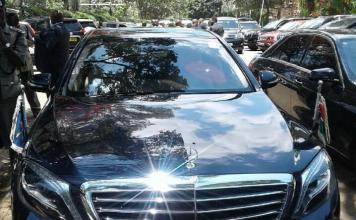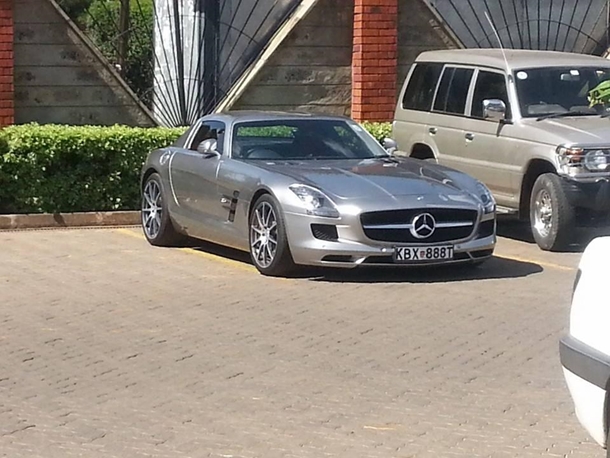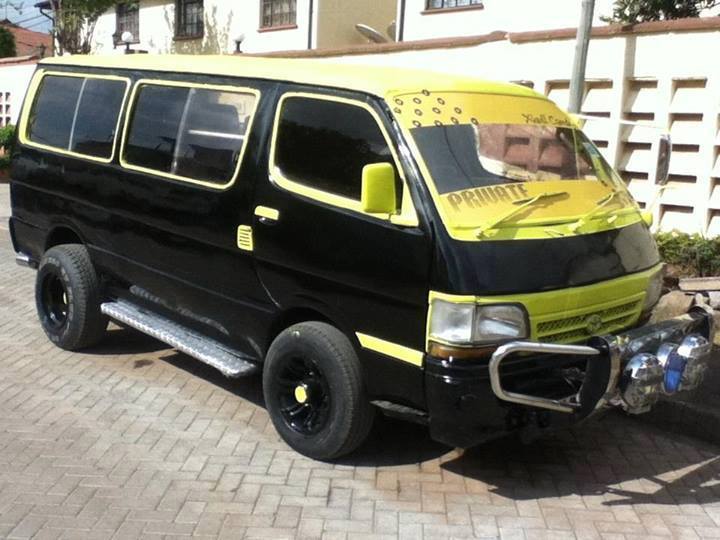 Check your check-engine light now-or get ready to write a big, fat check later.
Check your check-engine light now-or get ready to write a big, fat check later.
As we close out the National Car Care Awareness Month of April, CarMD has released a study about the infamous and irritating little “check engine” light.
The results are disheartening.
The first problem with the light is that many choose to ignore it. Another study from CarMD showed 64 percent of adults have admitted to putting off maintenance at one time, and more than half of people driving around with a check-engine light on have had it on for more than three months.
Many times the check-engine light hits on problems that are inexpensive if corrected early. Visit a scrap yard and see how many people “fixed” the check-engine light with a well-placed piece of electrical tape.
A misfire is the No. 1 type of vehicle failure indicated by the warning light. That could be a simple fix such as a spark plug or a spark-plug wire, which costs less than $20. But let it misfire long enough, and you could be looking at a new catalytic converter for way more dough. Either way, it can lead to a 40 percent drop in fuel economy and more expensive repairs in the future.
The second most common problem is a loose or cracked gas cap, according to CarMD. That little time saver was the most often-cited reason for the check-engine light to appear in the last 12 years. It’s responsible for the evaporation of 147 million gallons of gasoline per year, and there are plenty of more exciting ways to waste gasoline than evaporation.
As for the most expensive fixes, “remove cylinder and inspect/replace as needed” in OBDII speak, was tops. The average cost of that fix is $8,200. Hybrids made a showing on the most expensive list as well. The second most expensive problem was the hybrid inverter assembly, which will cost you more than $7,200, while a hybrid battery will cost about three grand.
Although these aren’t inexpensive fixes, repair costs have actually gone down over the past few years, according to the study. From a high point in 2006, overall costs are down 16 percent. And drivers in the southwest pay more than drivers in the northeast and the Midwest, because of the dry air and the dusty buildup, CarMD finds.
The company plans to do this study annually to see what we’re actually doing to our cars. Each category points to a basic problem, such as a bad oxygen sensor, and the resulting repair if left unchecked, a new catalytic converter.
Read more: http://www.autoweek.com/article/20110428/CARNEWS/110429873#ixzz1LI6B134E







![Here are some of the best tuned cars in kenya by state of the art garages [PHOTOS]](../../../blog/wp-content/uploads/2013/11/29402_10151301757042065_340470732_n-e1384498044289.jpg)
![Top 20 Used Cars to Avoid Buying in Kenya – [PHOTOS]](../../../blog/wp-content/uploads/2013/11/top-used-unreliable-cars-to-avoid2-100x70.jpg)






